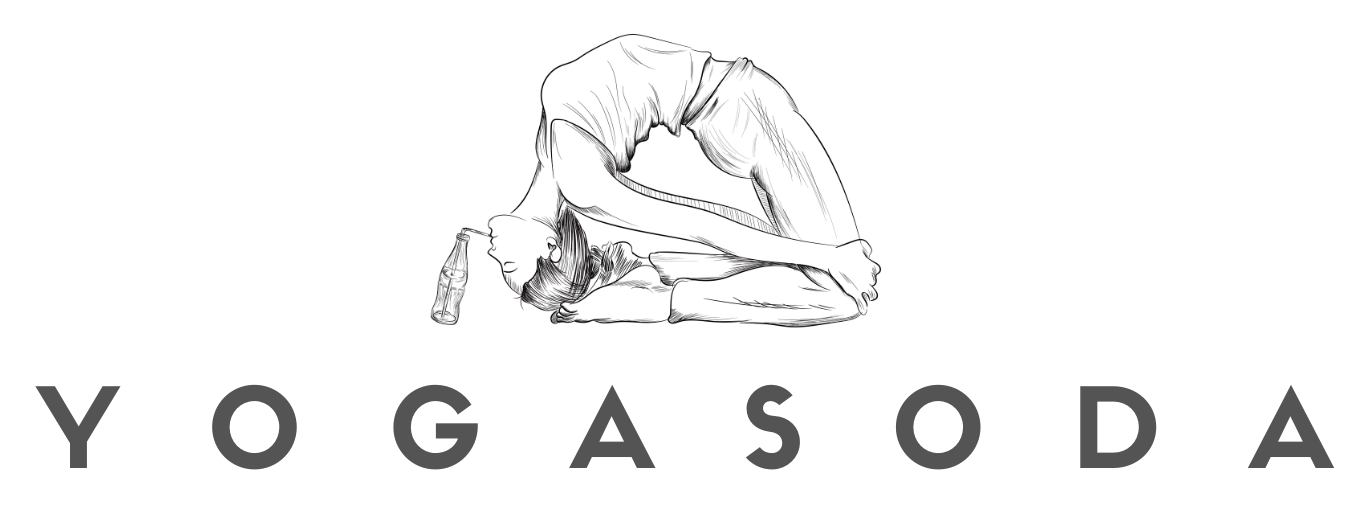Staff Pose
Dandasana (Staff Pose) is the basic sitting position but is much more demanding than you might think. It is a variant for longer sitting and can also be a position for meditation. The variant that we will describe is the "passing position", in which we enter into most of the sitting positions and into which we return.
How to do it (step-by-step)
1. Sit on the floor with your legs straight in front of you. If you tend to lean backward it is due to the stiff muscles of the back of your thighs. It is very helpful if you sit on a blanket or pillow that will lift your pelvis off the floor.
2. Place the palms on the ground next to the hips. Approximately 30% of the bodyweight is on the hands. Ensure that the back of the legs and knees lie firmly on the ground at all times. So you push the heels, stretch the soles and contract the quadriceps, the front thigh muscles, so that the back of the legs relaxes, the knees straighten, and lie down on the ground.
3. The arms are straight and outstretched, and the shoulders are lowered. Open your chest and straighten your spine completely. The chin is parallel to the ground or slightly bent so that the entire spine is in one line, completely stretched and elongated.
4. To get a firm straight back position, try (with the inhale) to visualize the energy flowing from the bottom of the spine to the neck and shoulders and (with the exhale) back to the tailbone.
5. Stay in the position as comfortable as you can, that is, until you enter the next position.
Benefits
Physical benefits from Dandasana: strengthens back muscles; stretches shoulders; improves posture.
You should avoid this pose if you have: any injuries to your wrists or lower back.
Regular practice of this pose affects the Muladhara (Root) Chakra.

